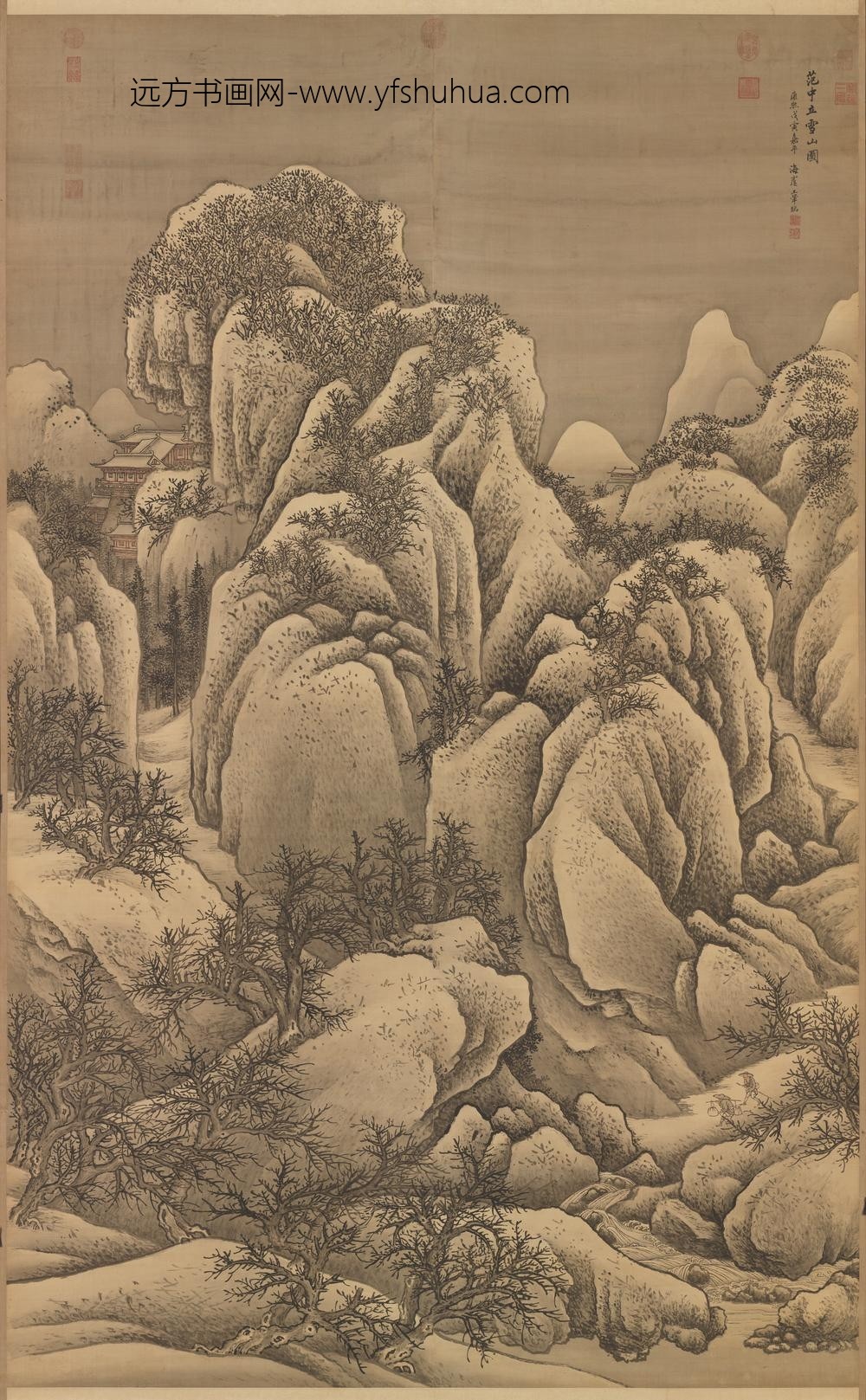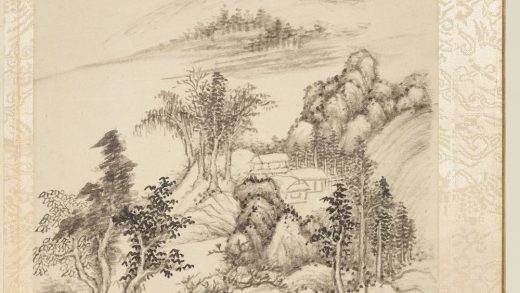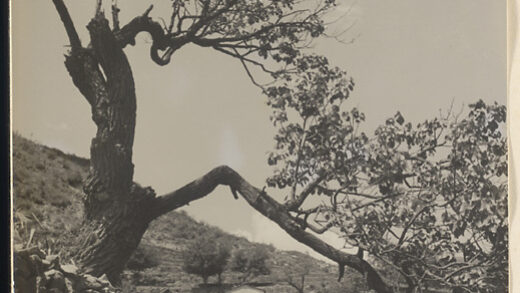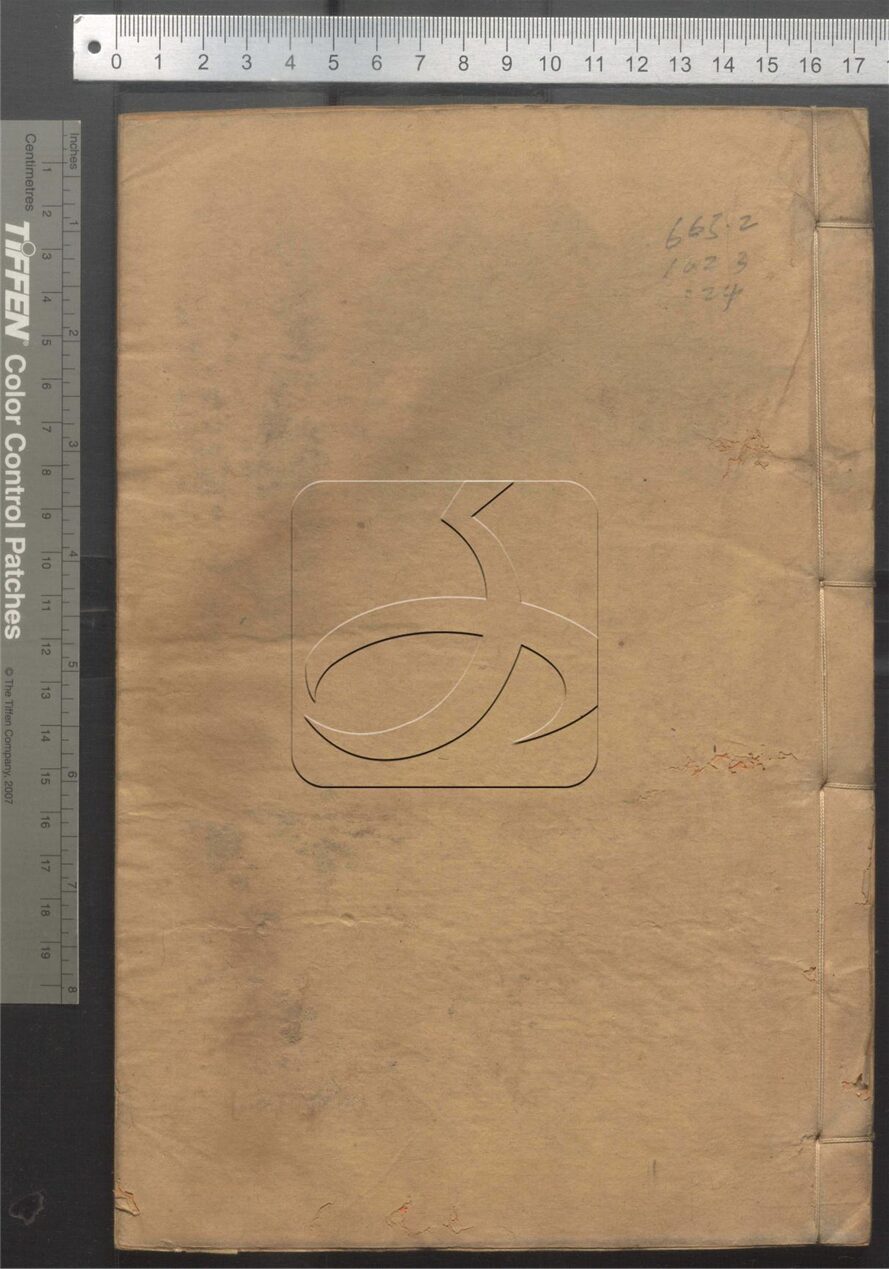【作品基本信息】
| 作者 | 王翚 |
| 品名 | 临范宽雪山图轴 |
| 朝代 | 清代 |
| 文件大小 | 18.02MB |
| 分辨率(DPI) | 300×300 |
| 像素大小 | 1927×3117 |
| 尺寸(CM) | 16.31×26.39 |
| 创作时间 | 清圣祖康熙三十七年(1698) |
| 作品数量 | 1 |
| 作品收藏 | 台北故宫博物院 |
| 图片格式 | 默认提供TIF和JPG两个版本 |
基本数据
| 藏品类型 | 绘画 |
| 品名 | 清王翚临范宽雪山图轴 After Fan K’uan’s “Snow Scene” |
| 分类 | 绘画 |
| 作者 | 王翚;Wang Hui |
| 创作时间 | 清圣祖康熙三十七年(1698) |
| 数量 | 一轴 |
典藏尺寸
| 【位置】 | 【尺寸】(公分) |
| 本幅 | 187.7×115.5 |
质地
| 【质地位置】 | 【质地】 |
| 本幅 | 绢 |
题跋数据
| 【题跋类别】 | 【作者】 | 【位置】 | 【款识】 | 【书体】 | 【全文】 |
| 作者款识 | 王翚 | 本幅 | 范中立雪山图。康熙戊寅(公元一六九八年)嘉平。海虞王翚临。 | 行楷书 | |
| 印记: 石谷、王翚之印 |
|||||
印记资料
| 【印记类别】 | 【印记】 |
| 鉴藏宝玺 | 乾隆御览之宝 |
| 鉴藏宝玺 | 宣统御览之宝 |
| 鉴藏宝玺 | 宝笈三编 |
| 鉴藏宝玺 | 乾隆鉴赏 |
| 鉴藏宝玺 | 嘉庆御览之宝 |
| 鉴藏宝玺 | 嘉庆鉴赏 |
| 鉴藏宝玺 | 石渠宝笈 |
| 鉴藏宝玺 | 三希堂精鉴玺 |
| 鉴藏宝玺 | 宜子孙 |
主题
| 【主题类别】 | 【主题(第一层)】 | 【主题(第二层)】 | 【主题说明】 |
| 主要主题 | 山水 | 冬景(雪景) | |
| 其他主题 | 人物 | 行旅 | |
| 次要主题 | 树木 | 寒林.枯树 | |
| 其他主题 | 建筑 | 台阁 | |
| 其他主题 | 山水 | 溪涧、湍泉 | |
| 其他主题 | 树木 |
技法
| 【技法】 | 【技法细目】 |
| 写意 | |
| 皴法 | 雨点皴 |
参考数据
| 【类别】 | 【参考数据】 |
| 收藏着录 | 石渠宝笈三编(干清宫),第二册,页584 |
| 收藏着录 | 故宫书画录(卷五),第三册,页524 |
| 收藏着录 | 故宫书画图录,第十册,页105-106 |
| 内容简介(中文) | 王翚(公元一六三二-一七一七年),字石谷,号耕烟散人、乌目山人、剑门樵客、清晖主人。少即善画,继得王鉴、王时敏指授,并随之阅览各地珍藏,借机临摹名迹,因能笔参古今,貌含南北。画技之精熟为清代第一。 王翚六十七岁「临范宽雪山萧寺图」,结构用笔皆一本原作。其中稍有所增,如幅右远山,中间忽成两迭。最右一山,为原画所无,盖定稿后所添,非初临时之原意也。 |
| 内容简介(英文) | Wang Hui was a native of Ch’ang-shu in Kiangsu province. He was already a capable painter in his youth when he met Wang Chien and Wang Shih-min, who became his teachers. In addition to providing him with through instruction in painting, they also took him to view and copy the works of ancient masters in many great collections. In this way, he was able to absorb the brush techniques of both ancient and modern masters. Because Wang Hui was able to unite the best qualities of the Northern and Southern Schools of painting with his consummate, he became the greatest master of brush technique of the Ch’ing dynasty. Wang Hui produced this copy of Fan K’uan’s “Snow Scene” when he was in his 66th year. The technique and the composition follow the original carefully. A few small additions were obviously introduced as an afterthought and not worked in during the first stage of copying. The small mountain tops which suddenly appear on the extreme right are an example. |
| 内容简介(英文) | Wang Hui, style name Shih-ku and sobriquet Keng-yen san-jen, was a native of Ch’ang-shu, Kiangsu. In his early years, he studied painting with Wang Chien and Wang Shih-min, but later ceaselessly copied Sung and Yuan dynasty (10th-14th c.) works, eventually finding his own style. This painting was done at the age of 66, serving as example of his study of tradition. Wang grasped the principles of the original composition, arranging the principal part in the central location of the painting, so that the majestic main mountain relies on the energy and momentum of the upward thrust and height. The small winding paths going upward on either side give the viewer a feeling of layer upon layer of silent depth in the mountains. |
| 内容简介(中文) | 王翚(1632-1717),字石谷,号耕烟散人、乌目山人、剑门樵客、清晖主人。少即善画,后又得王鉴、王时敏指授,并随之阅览各地珍藏,借机临摹名迹,因能笔参古今,貌含南北,画技之精熟为清代第一。 本幅为王翚六十七岁之作,结构、用笔、布局皆一本原作。惟稍有增益,如幅右远山,中间忽成两迭。最右一山,为原画所无,盖定稿后所添,并非初临时的原意。 (20110913) |
| 内容简介(英文) | Wang Hui (style name Shigu; sobriquets Gengyan sanren, Wumu shanren, Jianmen qiaoke, Qinghui zhuren) was already a capable painter in his youth. Later he met Wang Jian and Wang Shimin, who not only taught him but also took him to view and copy famous works in many great collections. In this way, he was able to absorb both ancient and modern brush techniques. Because Wang Hui was able to combine the virtues of the Northern and Southern Schools of painting, he became the greatest master of brush technique in the Qing dynasty. Wang Hui did this work when he was in his 67th year by Chinese reckoning. The structure, brushwork, and composition all follow the original carefully. Only a few small additions were introduced, such as the distant mountains to the right, in the middle suddenly forming two folds. The mountains to the extreme right do not appear in the original and were added as an afterthought, not being worked in during the first stage of copying. (20110913) |
| 参考书目 | 刘芳如,〈清王翚临范宽雪山图轴〉,收入《典范与流传-范宽及其传派》(台北:国立故宫博物院,2015.07),页240-247、353。 |
【作品展示】





